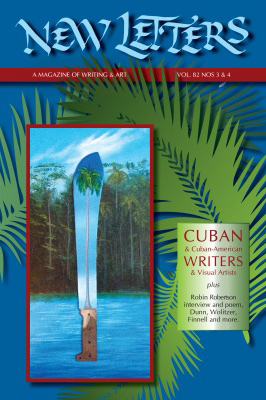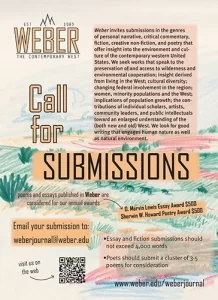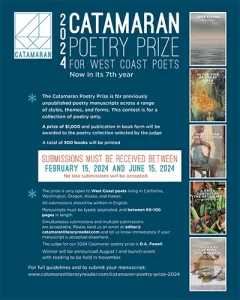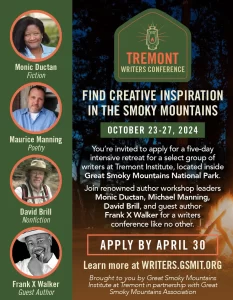New Letters – Spring/Summer 2016
In Volume 82 of New Letters, The University of Missouri-Kansas has provided us with one of those always delightful choices of literary direction and entertainment, and for some of us there also memories of past enjoyment. Those of “a certain generation” will recall (some thirty or forty years ago) the popularity of Caribbean novels, a series of enjoyable and enlightening stories which included a history and a heritage totally different if not totally new to the average reader of novels and short stories. The art critics would/could call them “primitive” if they were paintings, but the content told of experiences that we had not even thought about.
In Volume 82 of New Letters, The University of Missouri-Kansas has provided us with one of those always delightful choices of literary direction and entertainment, and for some of us there also memories of past enjoyment. Those of “a certain generation” will recall (some thirty or forty years ago) the popularity of Caribbean novels, a series of enjoyable and enlightening stories which included a history and a heritage totally different if not totally new to the average reader of novels and short stories. The art critics would/could call them “primitive” if they were paintings, but the content told of experiences that we had not even thought about.
The collection of works by Cuban and Cuban-American writers and visual artists presented in this issue of New Letters speaks to that same experience. It is a collection—a fine collection of really good works—which tells us their story, with a focus on what it is to be an immigrant, a refugee, or the child of either.
Certainly, the starting point has to be the paintings and photographs for which, of course, I do not have the skill to translate into a few chosen words. The prints of Ramon Williams, the acrylics of José Bedia, the watercolors and oils of Raul Villarreal and Marcos Vallela, the photographs by Stephen Paul and Arno Rafael Minkkinen all provide insight into the human experience, and more specifically, into the lives of Cubans and Cuban immigrants to the United States. These pieces are notable for the variety of media in which they have been executed and the skill in their composition by the artists.
Equally impressive, the written works by the included artists share the effects of both memories and new experiences when an individual or a family leaves behind a way of life and in one or two generations adapts to a new environment and a new way of life, regardless of which country they choose as their new home.
Pablo Medina’s poem “That Dream Again” exemplifies the goodness of experiences and memories:
When god made the sea
he had with him a bucket of salt
and a bucket of sand.
[ . . . ]
God looked at what he had made
and thought, That is very good,
and called it Island.
Ana Menendez helps us identify with those who do not find it so simple to have a new and comfortably permanent home in her essay “Wandering Creatures”:
Almost 20 years have passed and a lot of time has travelled through me. After India, I move to New York, to Istanbul, to Austin and back to Miami. I got divorced, fell in love again, had a son. I never stopped moving: to Cairo, to Amsterdam, to Maastricht. We spent Christmases in Bratislava and birthdays in Miami. Now and then when I have a moment of stillness, I reflect on how little my life resembles those of the great explorers or the important correspondents.
When all of this is absorbed, take time to appreciate the interview with the Scot’s poet Robin Robertson, the works of a dozen American poets, and the short fiction of three very accomplished writers. This issue of New Letters demands some extra time to fully enjoy; spending the time is highly recommended.
[www.newletters.org]





